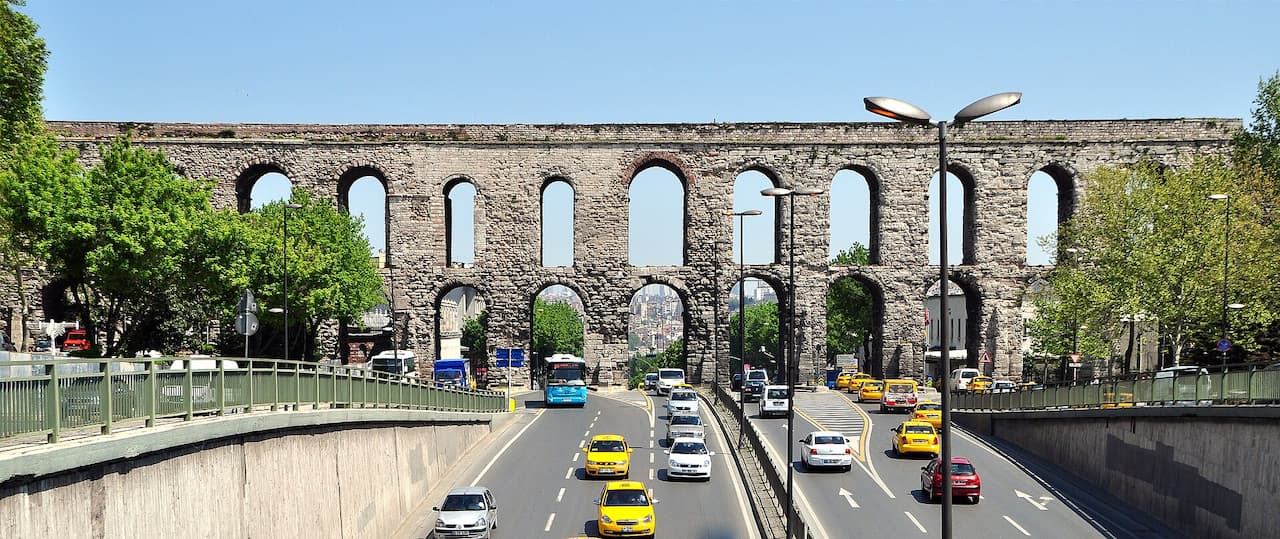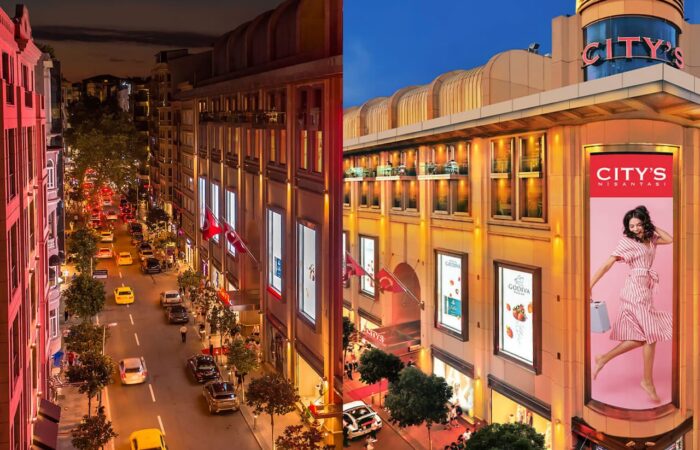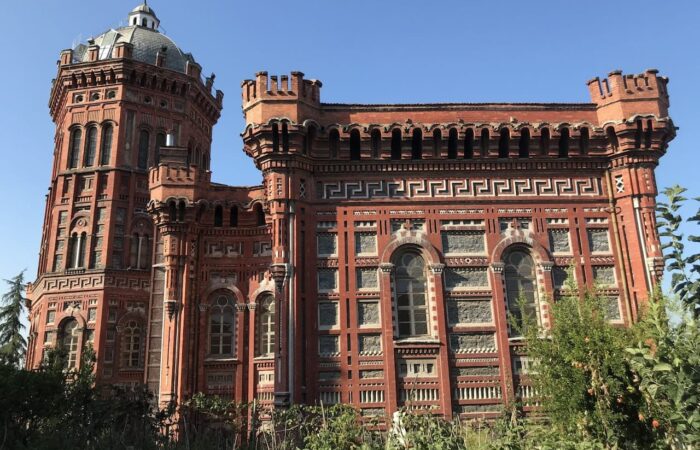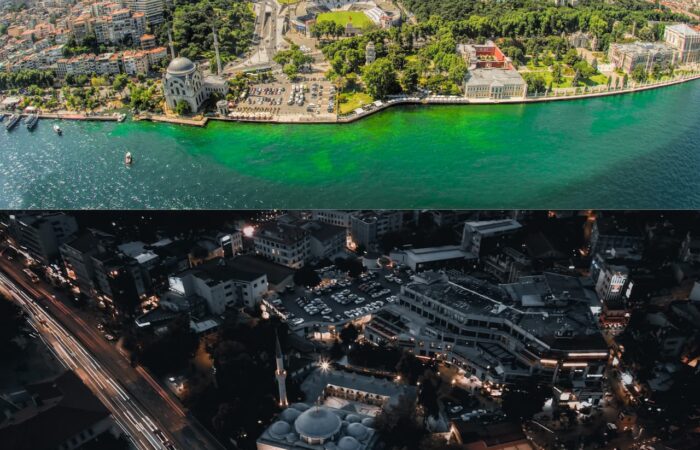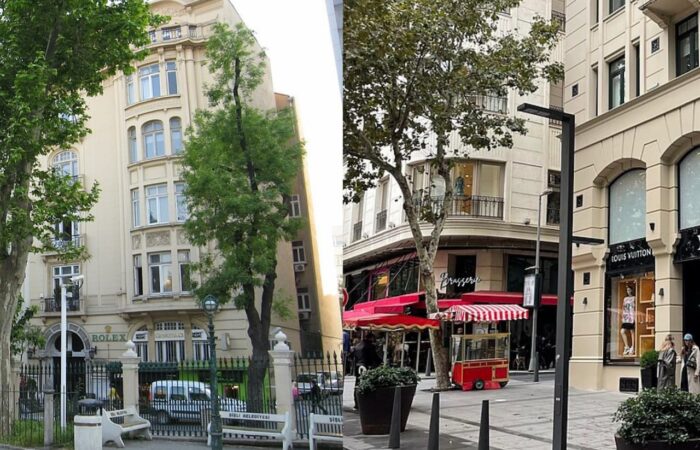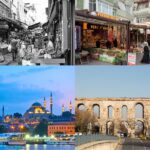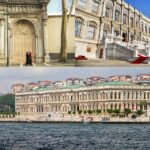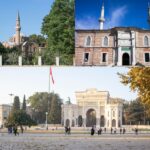Rising above the bustling streets of Fatih, the Valens Aqueduct (Bozdoğan Kemeri) is one of the most impressive remnants of Roman Constantinople. Once a vital part of the city’s water system, this stone structure has spanned empires, witnessing the transformations of the Byzantine, Ottoman, and modern Turkish eras — all while standing proudly over the heart of Istanbul.
Historical Background
Commissioned by Emperor Valens and completed in AD 368, the aqueduct was designed to supply fresh water to Constantinople from distant springs and reservoirs. It formed part of a vast hydraulic network that extended for over 250 kilometers.
The Valens Aqueduct remained in use well into the Ottoman period, when it was repaired and expanded under Sultan Suleiman the Magnificent and architect Mimar Sinan. Today, while no longer functioning, it stands as a monumental reminder of the city’s ancient infrastructure and enduring urban continuity.
Architectural Features
Length and Height: Originally over 1 kilometer long, with the central visible portion measuring about 921 meters. The arches reach up to 29 meters high.
Construction: Built with a combination of stone and brick, supported by massive piers and semi-circular arches.
Double-Decker Design: In parts, the aqueduct features a two-tiered structure, showcasing Roman engineering precision.
The aqueduct not only served a practical purpose but also symbolized the might and sophistication of Roman urban planning.
Visiting Information
Location: Atatürk Boulevard, Fatih, Istanbul
District: Fatih (Old City)
How to Get There:
By Tram: T1 line to Aksaray or Laleli–Üniversite station; a 10-minute walk.
By Bus: Many bus lines pass along Atatürk Boulevard, which runs directly beneath the aqueduct.
By Foot: Walkable from Şehzade, Vefa, and Fatih mosques.
Admission: Free. The aqueduct is part of the urban landscape and can be viewed any time.
Why Visit the Valens Aqueduct?
Ancient Heritage: One of the oldest standing monuments in Istanbul, dating back to the 4th century.
Urban Landmark: A rare sight where Roman architecture rises over a modern city.
Photographic Opportunity: Especially striking when viewed from below along Atatürk Boulevard.
Cultural Context: A testament to the continuity of civilization in Istanbul across three empires.
What’s Nearby?
Şehzade Mosque: Just next to the aqueduct, one of Mimar Sinan’s earliest masterpieces.
Vefa Bozacısı: Historic shop offering Istanbul’s traditional winter drink.
Fatih Mosque: A short walk uphill, Istanbul’s first major imperial mosque.
Istanbul University: Located nearby, with its iconic main gate.
Beyazıt Square and Grand Bazaar: Easily reachable within 15 minutes on foot.
The Valens Aqueduct is more than a historic relic — it’s a living bridge between Istanbul’s ancient past and modern vitality. Whether you’re a history enthusiast, architecture lover, or curious wanderer, this timeless structure is worth admiring up close.

